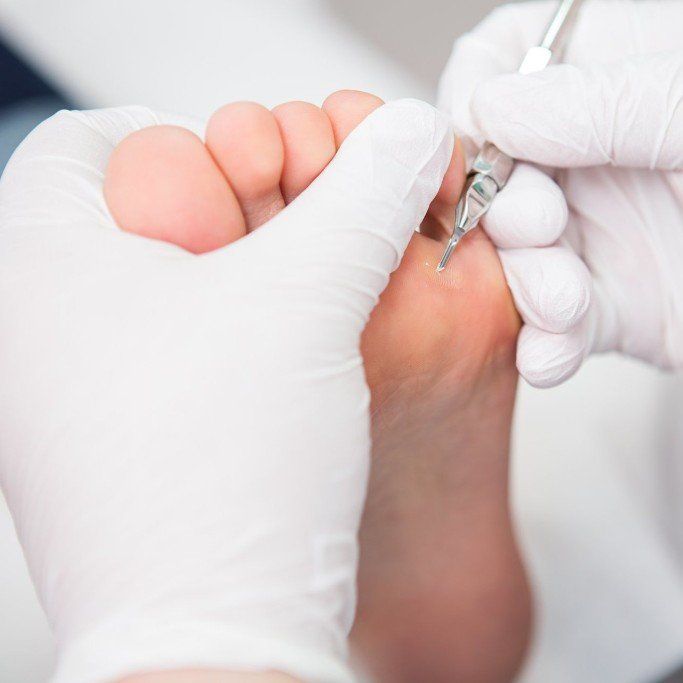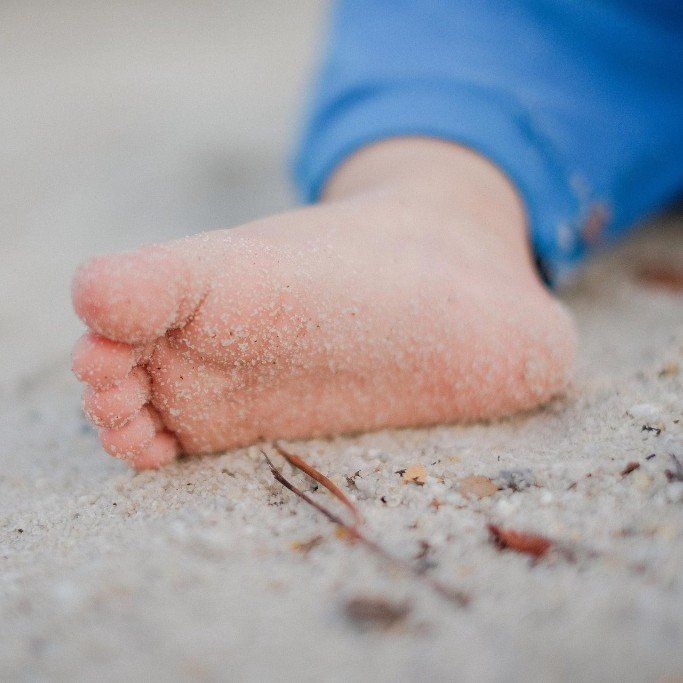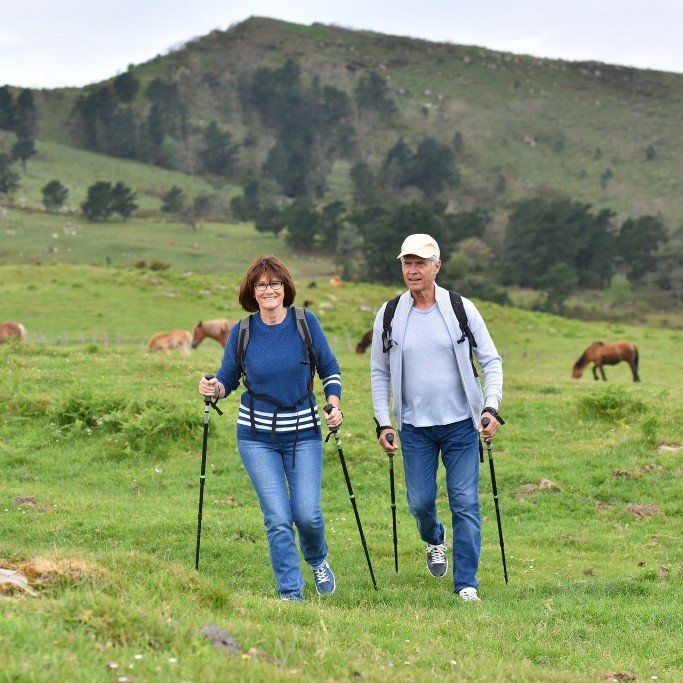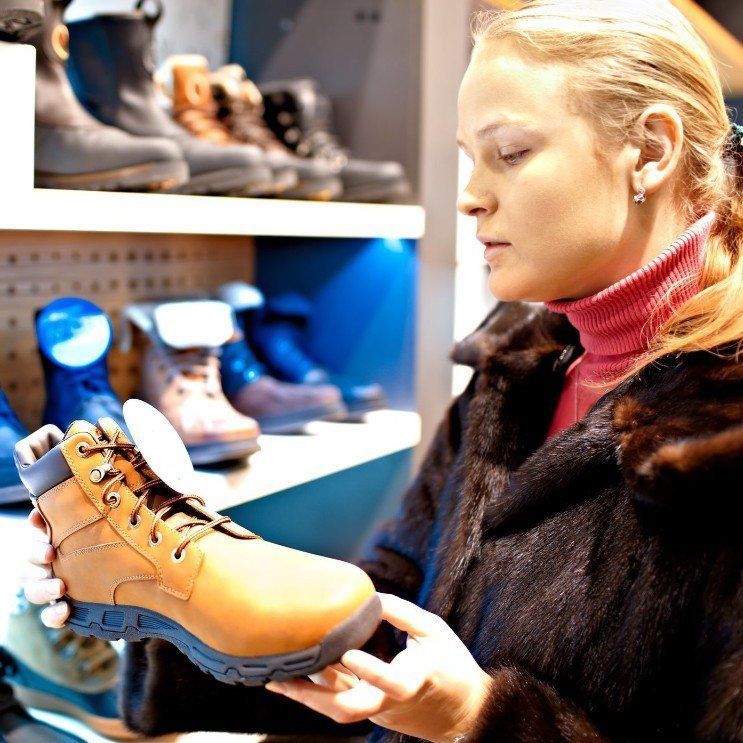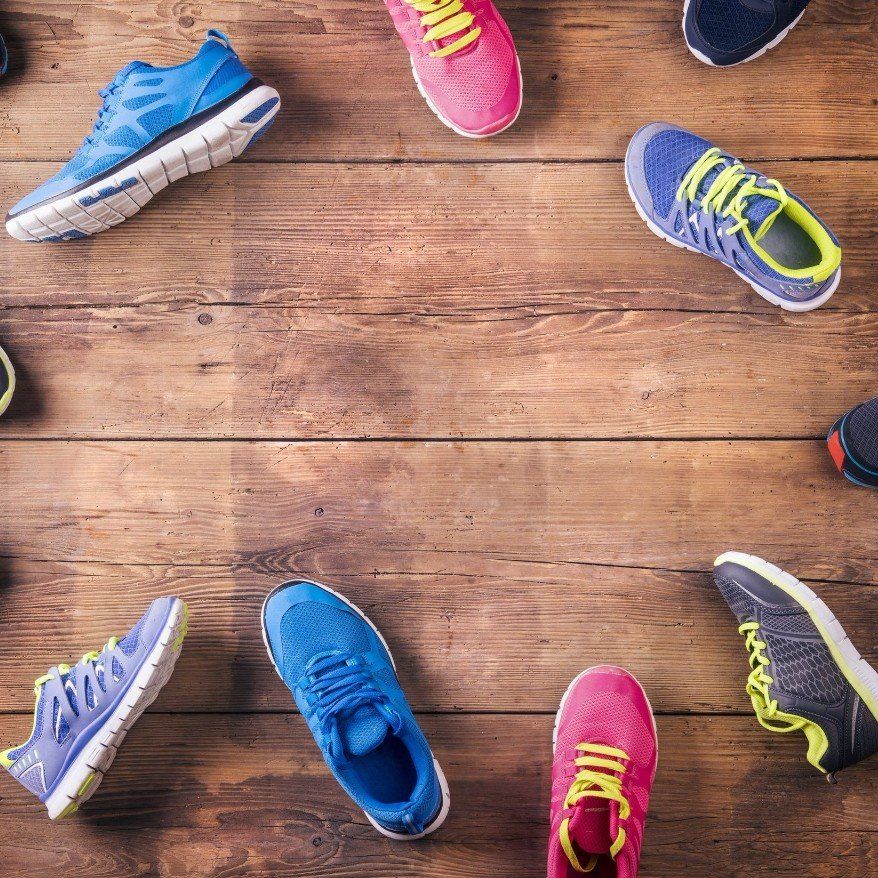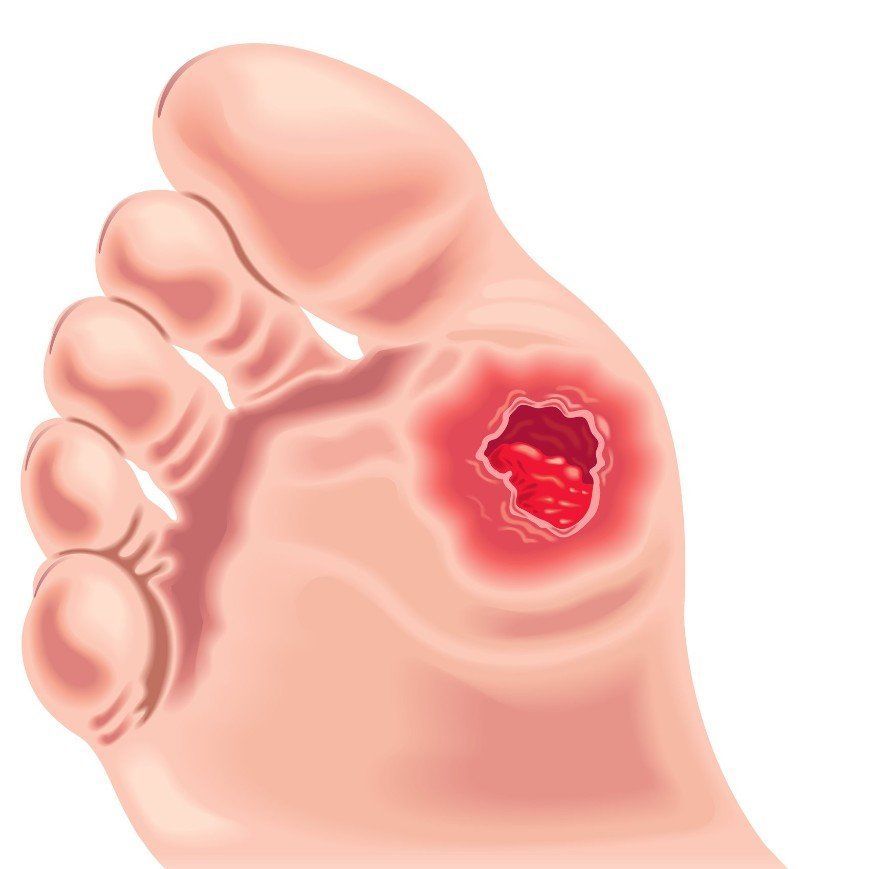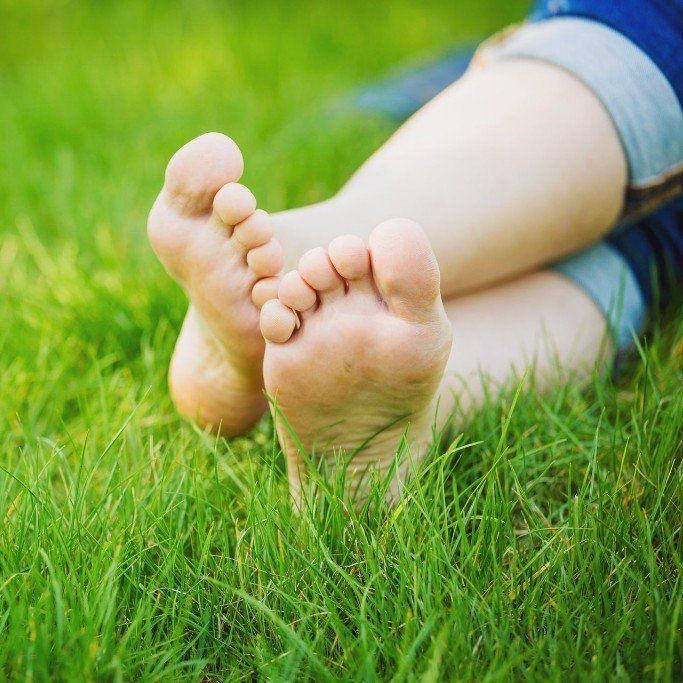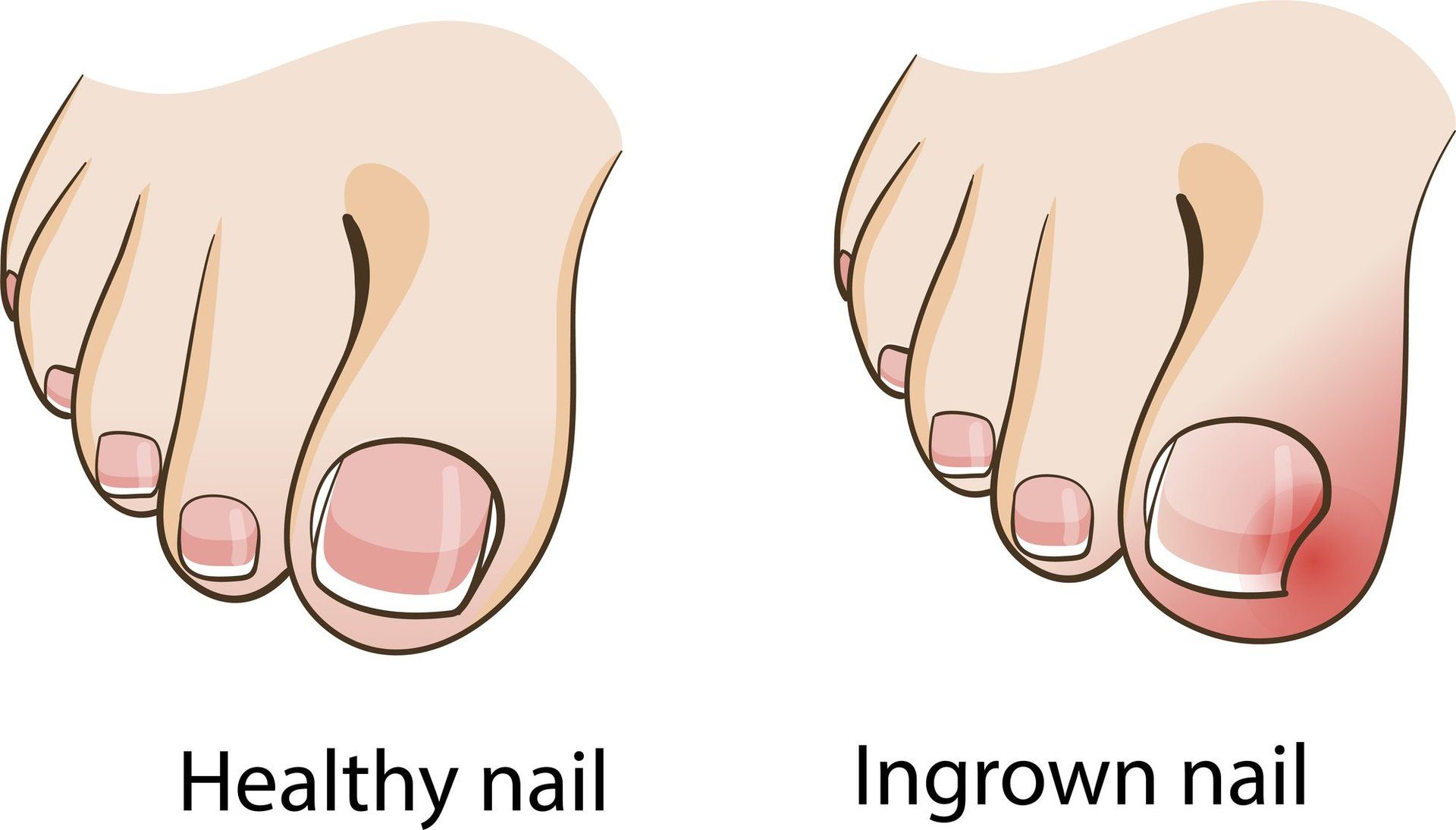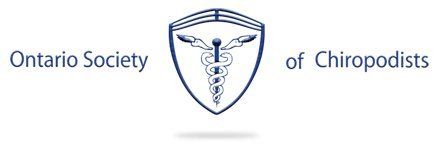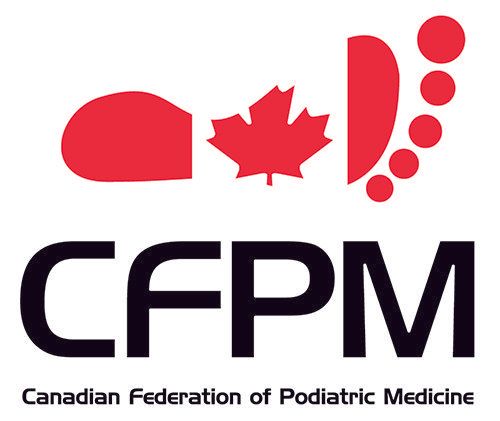COMMON TOE DEFORMITIES
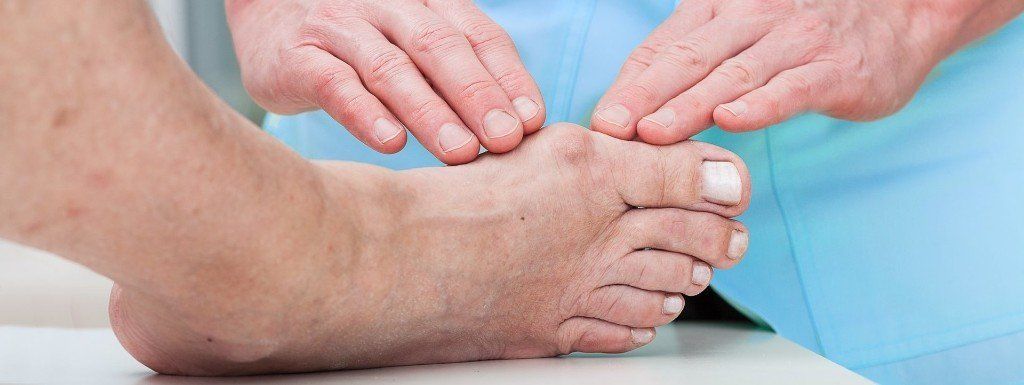
The human foot is a marvel with its 26 bones in each foot. However, in some cases, the tiny bones in the toes can cause painful problems. Deformities of the toes can lead to painful conditions such as corns, calluses, ingrown toenails and infections.
Many disorders can affect the joints of the toes, causing pain and preventing the foot from functioning as it should. People of all ages can have toe problems, from infants born with deformities, to older adults with acquired deformities. The major culprit of toe deformities in adults is biomechanical imbalances. When the natural function of the foot is disrupted (through a variety of causes), the tendons may stretch or tighten to compensate. Thus, people with abnormally long toes, flat feet or high arches have a greater tendency to develop toe deformities.
Arthritis that slowly destroys the joint surface is another major cause of discomfort and deformity. Toe deformities also can be aggravated by restrictive or ill-fitting footwear worn for a prolonged amount of time. Or, problems with toe position may occur if a fractured toe heals in a poor position. All toe deformities and related conditions can be managed by a chiropodist. Only surgical procedures can permanently correct the problem.
1. BUNIONS Bunions are a condition which affects the joint at the base of the big toe. The bunion actually refers to the bump that grows on the side of the first metatarsophalangeal (MTP) joint. In reality, the condition is much more complex than a simple bump on the side of the toe.
Interestingly, this condition almost never occurs in cultures that do not wear shoes. Pointed shoes, such as high heels and cowboy boots, can contribute to the development of a bunion. Wide shoes, with plenty of room for the toes, lessen the chances of developing the deformity and help reduce the irritation on the bunion if you already have one. However, shoes alone are not "solely" to blame for the development of bunions. Abnormal foot function comes into play in the development of almost all bunions, and the most common abnormality is overpronation or excessive flattening of the foot. A foot orthotic can reduce the amount of overpronation and thus arrest or slow down the formation or a bunion. Only surgery can remove it.
2. HAMMERTOES A hammertoe is a fixed bend at the proximal toe joint. As the toe becomes deformed, it rubs against the shoe and the irritation can cause painful corns. Corns may also develop between toes. These are usually due to a rotation of the toe, rather than a contraction (buckling). This can cause the joints to rub together and may create small bone spurs that cause corns in a similar manner. In addition, the skin can break down and become infected. A severe hammertoe may create downward pressure on a metatarsal bone at the ball of the foot, and add to the cause of a callus.
A hammertoe may be present but not always painful unless irritated by shoes. One may have enlarged toe joints with some thickened skin and no redness or swelling. However, if shoes create pressure on the joint, the pain will usually range from pinching and squeezing to sharp and burning. Cramping in the toes, foot and leg may develop from the muscles and tendons functioning in abnormal positions because of the deformed joints. In long standing conditions, the dislocated joints can cause the pain of arthritis.
Although there is little doubt shoes are responsible for causing corns, the size, shape and other characteristics of our feet are hereditary. The contraction and/or rotation of toes can be the result of poor mechanics of the foot, resulting in over-pronation. This results in low or flat arches, which cause the muscles and tendons of the foot to twist the toes and joints away from their nonnal position. High arched feet ( over-supination) can also result in similar conditions. A severe bunion may also cause a hammertoe, as the great toe twists over or under the second toe, causing it to dislocate.
Shoes cause the com, as the bony top of the toe rubs on the toe box of the shoe, but the underlying problem is the abnormal position of the toe joints, which may be hereditary.
The most important thing is to purchase well fitted, comfortable, low heeled shoes that do not irritate the crooked toe. Also, make sure your stockings are not tight, causing the toes to contract. High heel shoes should be worn at a minimum, as they cause the tendons of the toes to pull them up into an contracted position. Tennis type and walking shoes have significantly decreased the complaint of many people with hammertoe deformities. Although the crooked toe is still present, it may not hurt if the shoebox is large enough.
Treatment may range from more appropriate footwear to periodic trimming and padding of the corn. Antibiotics may be utilized in the presence of infection. Removable accommodative pads may be made for you. If conservative treatment is unsuccessful, surgical intervention may be suggested. In the early stages, when the toe joints are flexible, this may involve a minor procedure, such as cutting or lengthening the tendons tostraighten the toe. If the toe is relatively straight and the corn is caused by pressure on a spur, the enlarged bone may be remodeled and the spur removed. In more advanced cases, when the joint is dislocated, part of the bone at the joint may be removed. Temporary pins may be used to keep the toe straight while it is healing. Sometimes, the removed bone is replaced with a synthetic joint implant, to straighten the toe and help it function properly.
3. MALLET TOE A mallet toe is bent at the distal joint area of the toe, most commonly of the second or third toes. It is not always painful but may be the cause of a persistent corns or painful nail. The treatment for mallet toes is similar to that of hammer toes.
4. CLAWTOES A claw toe is bent at both the proximal and distal joints of the toe. In some cases the deformity is merely the end result of persistent impaction and constriction from ill-fitting footwear. More commonly it is symptomatic of various alternative etiologies. There is increased pressure on the top and bottom of the joints which are common sites of painful corns or bursitis. The treatment is similar to that of a hammertoe.
5. OVERLAPPING AND UNDERLAPPING TOES Any one of the toes can overlap or underlap, pushing on adjacent toes and causing irritation.
Overlapping or underlapping of the fifth toe is a common congenital problem that is easily corrected in children. Bunions can cause the second toe to overlap in adults. The treatment of associated corns is also similar to that of a hammertoe.
